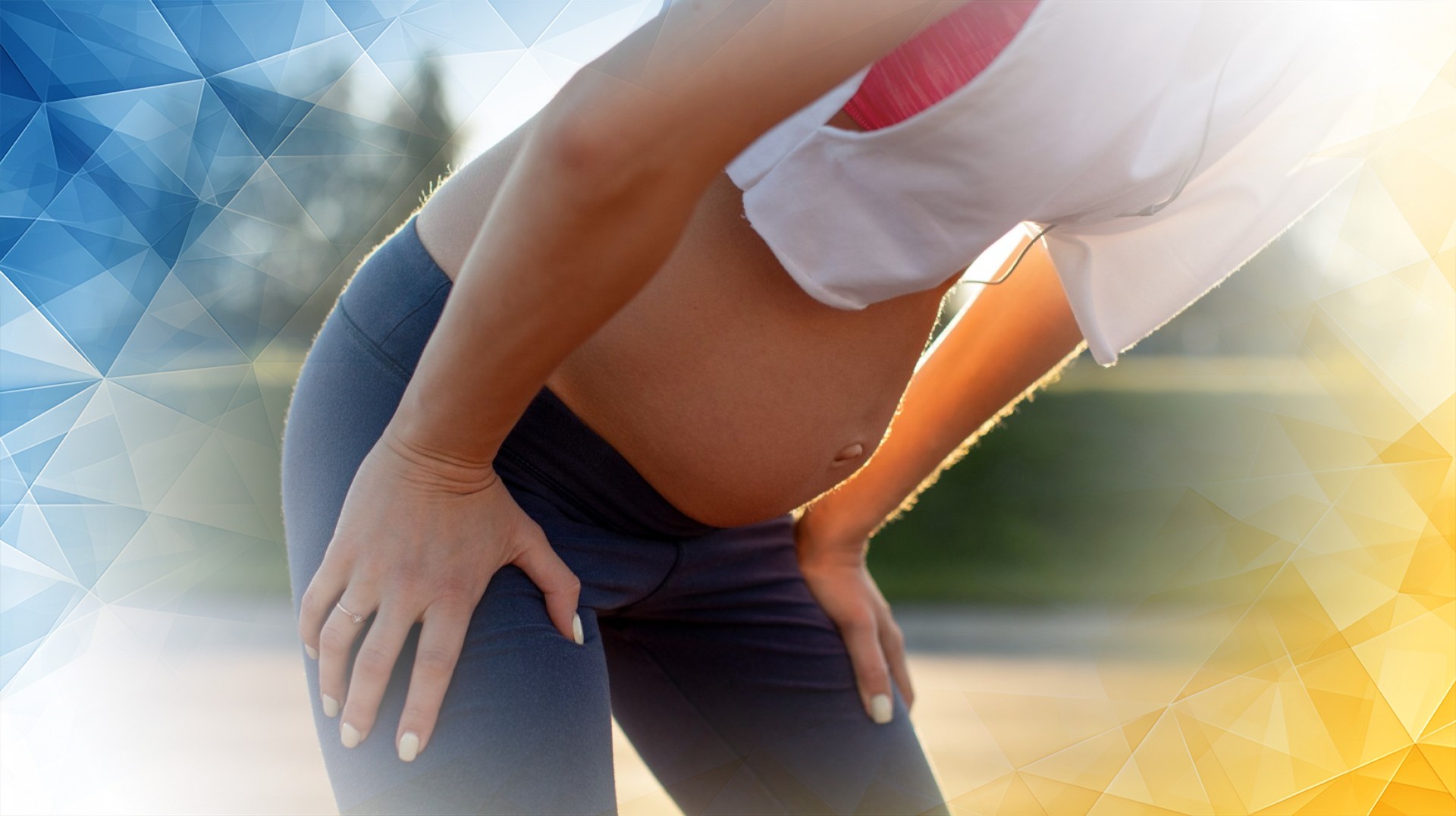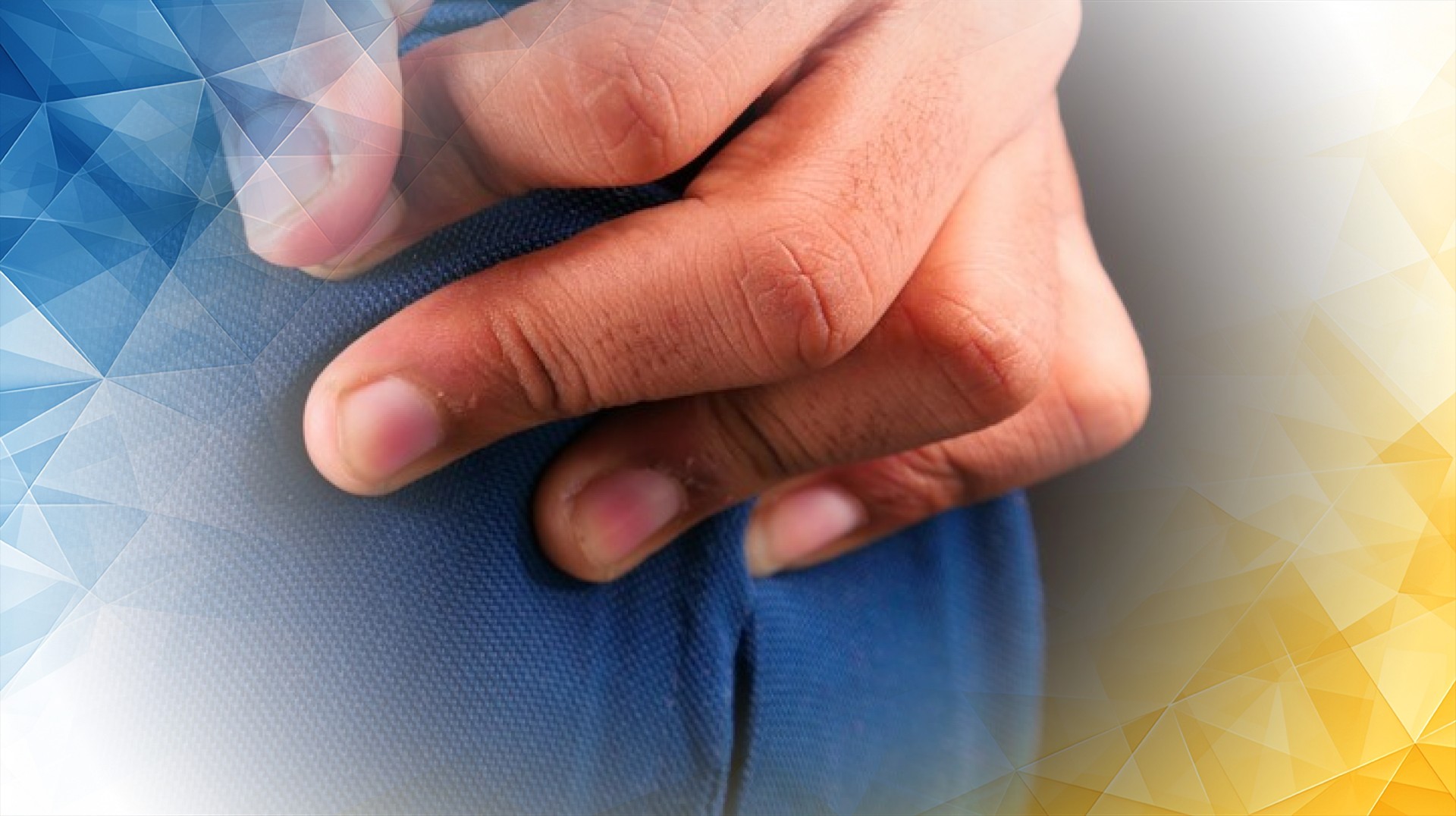



The shoulder labrum might be a small structure, but it plays a big role in keeping your shoulder joint stable and working smoothly. This ring of tough, flexible cartilage is nestled around the edge of the shoulder socket , helping to hold the upper arm bone in place during all kinds of movement. In this article, we’ll explore where the labrum is located, how it functions, and what happens when it’s injured. Whether you’re dealing with shoulder pain or just curious about how your body works, you’ll find clear, approachable information here.
The labrum sits around the rim of the glenoid cavity—the shallow socket in your shoulder blade that cradles the head of your upper arm bone (humerus). Since the socket is naturally quite shallow, the labrum acts as a bumper, making the socket deeper so the ball-shaped humerus fits more securely. This deeper fit allows your shoulder to move freely in many directions without slipping out of place.
Beyond deepening the socket, the labrum serves as an anchor for vital ligaments and the long tendon of the biceps muscle. These connections are important for maintaining shoulder stability and alignment, whether you’re reaching for a jar on a shelf or throwing a ball. By cushioning the joint and providing a solid base for these attachments, the labrum plays an essential role in preventing dislocations and keeping your shoulder working as it should.
A labral tear occurs when this ring of cartilage is damaged—either by a sudden injury, such as a fall or hard blow to the shoulder, or over time through repetitive movements. Athletes who do a lot of overhead or throwing motions, like swimmers and baseball players, are especially at risk.
There are different types of labral tear s. Two of the most common are SLAP tears and Bankart tears:
When the labrum is torn, it can’t offer the same stability, disrupting the smooth, balanced motion of the shoulder . This can cause pain, limited movement, and that unsettling feeling of instability, all of which can interfere with daily life and athletic performance.
If you or your doctor suspect a labral tear , the first step is a thorough physical exam and discussion of your symptoms. Imaging tests, such as MRI scans—often enhanced with a special contrast dye—can help reveal damage to the labrum. In some cases, doctors will use arthroscopy , a minimally invasive procedure, to look directly inside the joint and confirm what’s going on.
Treatment depends on the size and severity of the tear, as well as your lifestyle and goals. For many people, physical therapy focused on strengthening the shoulder muscles and improving joint stability can relieve symptoms and restore function without surgery. This is often enough for smaller or less disruptive tears.
However, if the tear is more severe—causing ongoing pain, instability, or repeated dislocations —surgery may be recommended. Modern arthroscopic techniques allow surgeons to repair the damage using very small incisions, which typically means a quicker recovery and less discomfort compared to older surgical methods. The decision between therapy and surgery is individualized, taking into account your needs, activity level, and the specific characteristics of your injury .
A healthy labrum is essential for a strong, stable shoulder . When labral tear s occur, early diagnosis and the right treatment can make all the difference in restoring comfort, mobility, and confidence—whether you’re returning to sports or just daily activities. Advances in medical care mean there are more options than ever for recovery. Remember, understanding how your shoulder works is the first step to protecting it for the long term.
Grainger, A. J., & Rowbotham, E. (2015). Superior Labrum Anterior to Posterior Lesions and the Superior Labrum. Seminars in Musculoskeletal Radiology, 19(03), 269-276. https://doi.org/10.1055/s-0035-1549320
Büyükaslan, H. (2013). Posttraumatic persistent shoulder pain: Superior labrum anterior-posterior (SLAP) lesions. American Journal of Case Reports, 14, 308-310. https://doi.org/10.12659/ajcr.889309
Victoroff, B. N., & Akhavan, S. (2006). The Labroplasty Procedure for Anterior Shoulder Stabilization. Techniques in Shoulder & Elbow Surgery, 7(4), 182-185. https://doi.org/10.1097/01.bte.0000235405.90094.ab
The shoulder labrum is a tough, flexible ring of cartilage around the shoulder socket. It deepens the socket, keeps the upper arm bone securely in place, and acts as an anchor for ligaments and tendons. This structure is vital for stable, smooth shoulder movements and prevents dislocations.
Labral tears can result from sudden trauma, like falls, or from repetitive overhead activities. Athletes such as swimmers and throwers are particularly vulnerable. When damaged, the labrum cannot stabilise the shoulder properly, often leading to pain, limited movement, and sensations of instability or looseness.
Prof Lee at the London Cartilage Clinic uses advanced diagnostic methods, including thorough physical examinations, MRI scans with contrast dye, and, if needed, arthroscopy. His expertise ensures precise diagnosis of labral injuries, offering patients confidence in understanding their condition and selecting the most suitable treatment pathway.
Prof Lee provides tailored treatment plans, starting with physical therapy to strengthen the shoulder for minor injuries. For severe or persistent tears, he offers modern arthroscopic repair using minimally invasive techniques, ensuring a faster recovery and less discomfort. Each plan is customised based on individual needs and lifestyles.
London Cartilage Clinic, led by Prof Lee, is renowned for expertise in cartilage and sports injuries. Prof Lee’s extensive experience and commitment to patient-centred care guarantee the highest quality treatment. Patients benefit from advanced technology, minimally invasive procedures, and personal attention, ensuring optimal outcomes and successful return to daily activities.
All our treatments are selected to help patients achieve the best possible outcomes and return to the quality of life they deserve. Get in touch if you have any questions.
At London Cartilage Clinic, we are constantly staying up-to-date on the latest treatment options for knee injuries and ongoing knee health issues. As a result, our patients have access to the best equipment, techniques, and expertise in the field, whether it’s for cartilage repair, regeneration, or replacement.
For the best in patient care and cartilage knowledge, contact London Cartilage Clinic today.
At London Cartilage Clinic, our team has spent years gaining an in-depth understanding of human biology and the skills necessary to provide a wide range of cartilage treatments. It’s our mission to administer comprehensive care through innovative solutions targeted at key areas, including cartilage injuries. During an initial consultation, one of our medical professionals will establish which path forward is best for you.
Contact us if you have any questions about the various treatment methods on offer.
Legal & Medical Disclaimer
This article is written by an independent contributor and reflects their own views and experience, not necessarily those of londoncartilage.com. It is provided for general information and education only and does not constitute medical advice, diagnosis, or treatment.
Always seek personalised advice from a qualified healthcare professional before making decisions about your health. londoncartilage.com accepts no responsibility for errors, omissions, third-party content, or any loss, damage, or injury arising from reliance on this material. If you believe this article contains inaccurate or infringing content, please contact us at [email protected].